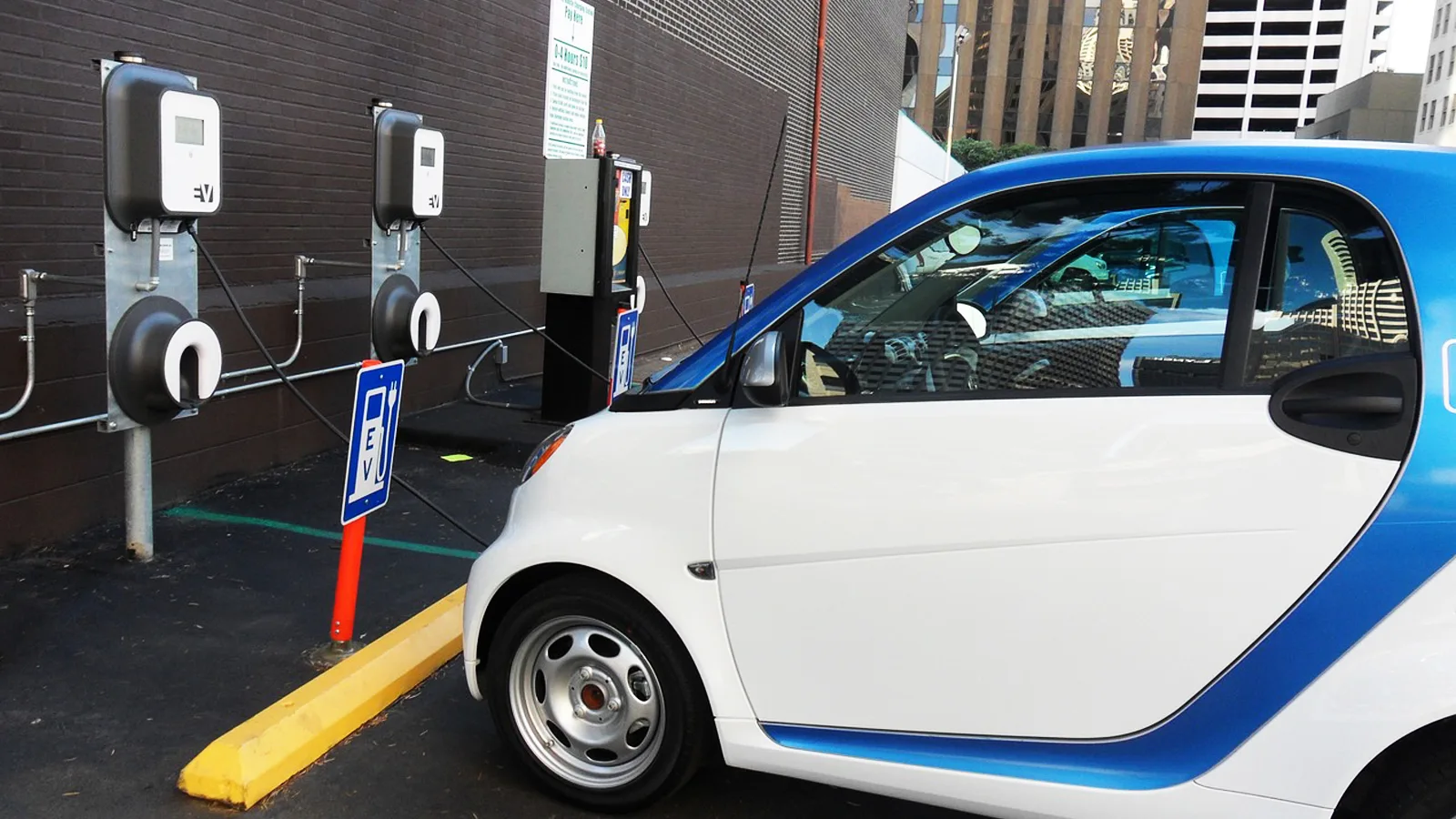Introduction:
The procedure of recharging an electric vehicle’s battery to allow further driving is referred to as refueling an EV. To do this, an EV is usually connected to an energy source, such as a home charging station, a public charging station, or a workstation charger. Electric car charging has had a noteworthy influence on the revolution to a more friendly conveyance system. The demand for operative and manageable charging set-ups is developing along with the reputation of electric vehicles (EVs).
Charging Facilities for Electric Cars:
Electric charging is the most important technique for refueling electric cars. A few methods for electric car charging are listed below:
Home Charging:
The procedure of recharging an electric car at the possessor’s home is known as home charging. Electric vehicle (EV) owners can assign their automobiles to a charging station at their house. If your electric car charger can generate enough power, home-based charging allows you to leave home every morning with a full battery.
The two most common categories of home charging are:
Level 1 Charging:
- Level 1 charging is the stress-free and slowest type of charging at home. It is simple to carry the stations because they normally weighed less than 5 lbs.
- The most beneficial kind is this one since it plugs into a regular 120V household channel.
- Depending on the battery capability of the automobile, level 1 charging normally provides a charging rate of 3 to 5 miles per hour.
Level 2 Charging:
- A steadfast 240-volt electrical circuit is compulsory for Level 2 charging. Level 2 charging is faster than Level 1 charging and they usually considered up to 30 lbs.
- EV holders have the choice to connect a Level 2 charging station in their home, which offers an earlier charging speed than a Level 1 station.
- Dependent on the car and charger specifications, level 2 charging can enhance 12 to 32 miles per hour.
Advantages of home charging:
- Provides convenience and approachability
- Cost savings and lower electricity rates
- Ability to Charge At any time, You Need
- Always accessible without waiting
Public Charging:
Public charging stations can be set up in a diversity of places, including shopping malls, parking areas, open places, and along main roads. EV owners can use these stations when they are away from home and need to charge their vehicles. Public charging stations offer Level 2 chargers and DC fast chargers (Level 3).
Level 2 Charging:
- The most common type of charging presented at public charging stations is level 2.
- This charging level is superlative for rapid breaks at public spaces like cafeterias, shopping malls, and workplaces where EV possessors can charge their cars.
- These are used at commercial places to help car possessors in charging their cars and attaining their objectives.
Level 3 Charging:
- The fastest charging technique accessible at public charging stations is DC fast charging, also known as Level 3 charging.
- Direct current (DC) is used to rapidly charge the EV’s battery, minimizing the charging time compared to Level 2 charging.
- DC fast charging provides a noteworthy charge in 20 to 30 minutes, depending on the capacity and charger power of the car.
- DC fast charging provides several connectors including, port J1772, SAE Combo CCS, Tesla HPWC, Tesla Supercharger, and CHAdeMO.
Advantages of Public Charging:
- Offers accessibility and frankness
- Provides a long driving choice
- Supporting EV utilization
- Empowering Urban EV Usage
- Fast Charging and Lower Emissions
Workplace Charging:
Many industries and establishments offer workplace charging stations to help their supporters when driving to or from work. Employers can plug chargers into their vehicles to ensure that they have sufficient power to travel and meet their daily needs. It encourages employees to use environment-friendly sources of conveyance. The one and most important category of workplace charging is Level 2 charging.
Level 2 Charging:
- Most workplace stations use level 2 chargers to satisfy employee requirements.
- It enables fellow employees to charge their automobiles before returning home from work.
- EV owners can assure sufficient range for their daily traveling needs by starting the workday with a full or approximately full battery.
Advantages:
- Offers convenience for employees
- Reinforcement of Supportable Carriage
- Drawing and Keeping Good Workers
- Enhancement of Business Awareness
Conclusion:
In common, as the arrangement for charging electric cars is speedily increasing, electric automobiles are becoming a more applied and supportable opportunity for conveyance. In the coming years, it is predictable that the electric automobile market will continue to vary due to constant improvements and expanding community concentration.
FAQs
What is the cost of charging an electric vehicle at home?
The cost of charging an electric car at home is determined by the extent of the EV’s battery and the limited electricity rates in your area. It’s more affordable than regular petrol, and some utility companies provide special EV charging rates during off-peak hours.
How long does it take to charge a car that runs on electricity?
Charging times fluctuate reliant on the type of charger and the battery capacity of the EV. The maximum time is desired for a full charge with level 1 charging. Quicker level 2 charging can complete a charge in 4 to 8 hours. DC fast charging provides a noteworthy charge in 20 to 30 minutes.
How to locate EV charging stations?
You can use mobile applications like PlugShare, ChargePoint, or Google Maps to detect EV charging stations because they offer the latest information on neighboring stations. Websites for charging networks and car navigation systems both provide maps for station positions.
